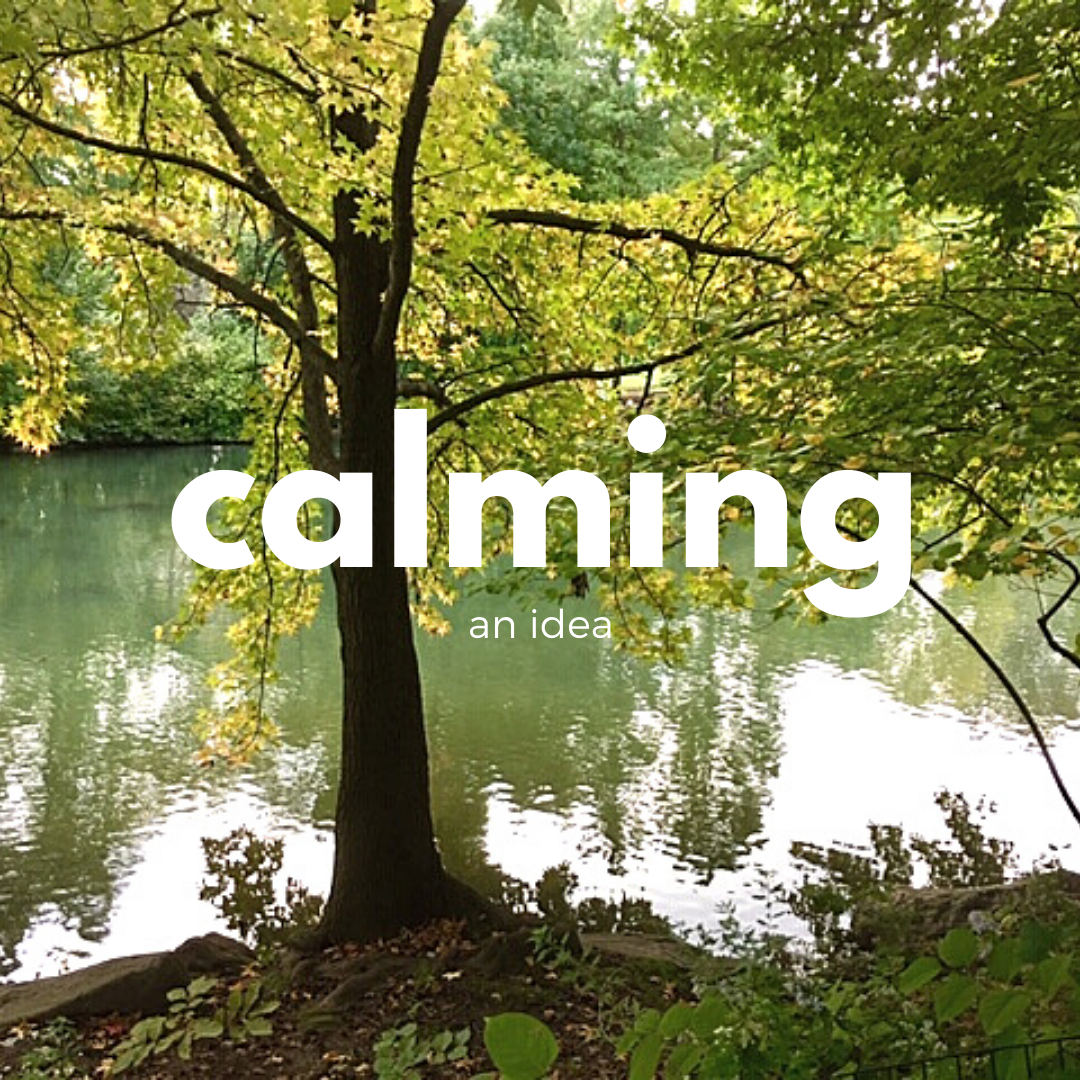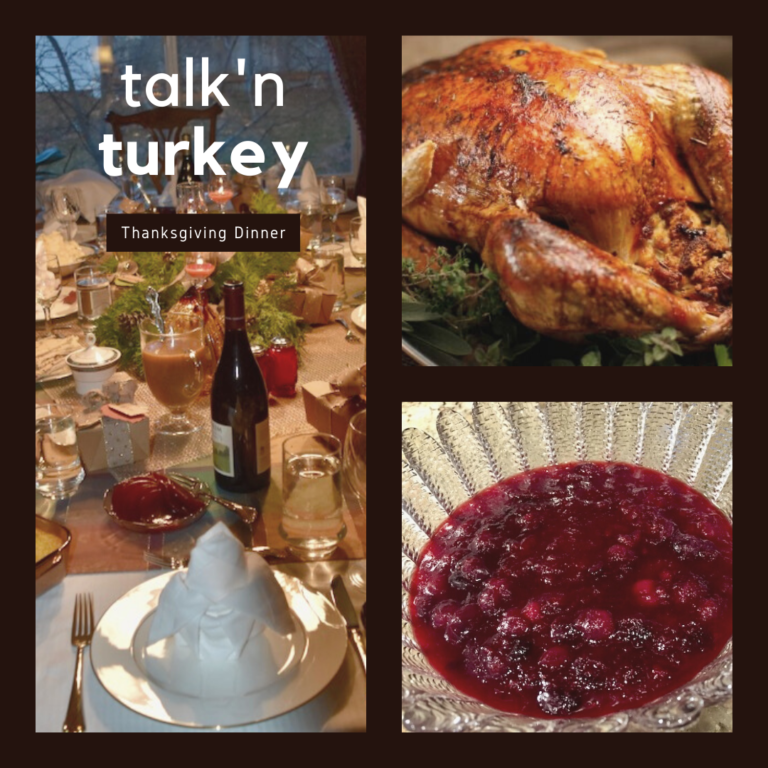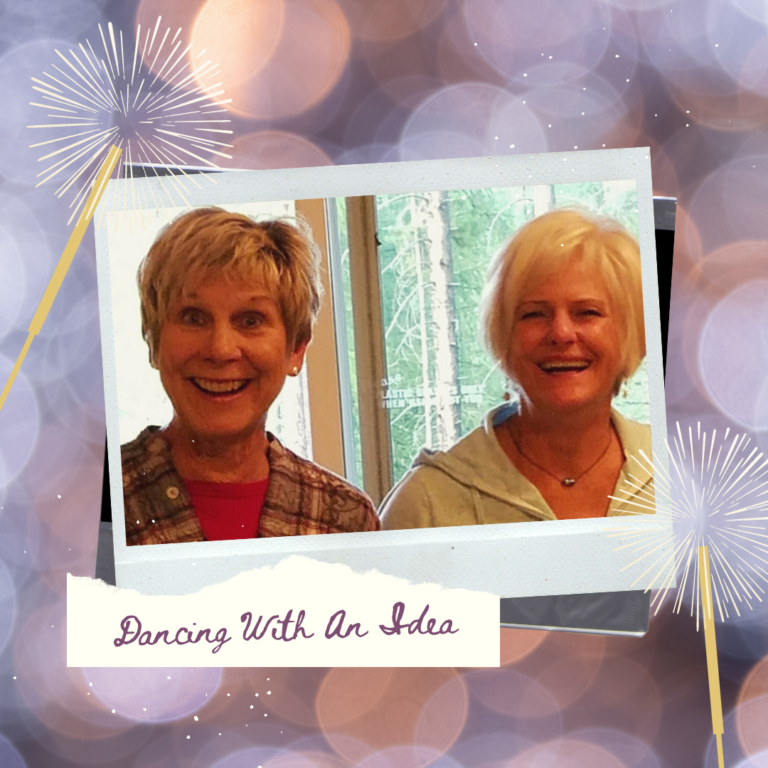Stress and Anxiety
Let’s face it, this year has brought more than its share of stressful, anxiety-provoking events. COVID-19 is one of the most notable because there are still so many unknowns about the virus, its transmission, symptoms, and long-term effects for survivors; and we don’t know when it will be over. It has changed life for people all over the planet and continues to affect our daily lives in a number of ways. It’s easy to be stressed out, to feel anxious, to be upset; and yet change is a part of life. And we have some choice about how we respond to it.
Stress or pressure of some type is likely to trigger our conditioned ways of reacting, or our conditioned tendency (CT). Our CT might be to react by moving against a stressor or challenge (fight), moving away from it (flight), moving toward it (to appease or please), not moving or taking action (freeze or immobilize), or leaving our physical or bodily experience in some way (dissociate). Our reaction might look like a combination. Whatever our conditioned tendency, and even if we don’t totally understand it, we can be grateful to it for how it has protected us in some way – preserving our safety, maintaining our belonging and connection, and/or supporting our dignity and respect. And because our conditioned tendency served to protect one or more of those things, it became a go-to or default survival strategy – an unconscious reaction when we were faced with a stressor or challenge. It became part of us, wired into our nervous systems and our very tissues. And just as anxiety can become wired in, so can calm and stillness.
Calm and Stillness
The 8th guidepost for Wholehearted living (Brené Brown, Daring Greatly, 2012, p. 9) is “Calm and Stillness – Letting go of anxiety as a lifestyle” seems a worthy goal in the era of COVID-19 and other current stressors and challenges. So where and how do we start?
The first step toward calm and stillness – recognizing our reaction to stress
We can get to know our conditioned tendency (CT) by noticing how it shows up -catching ourselves in the act or in our reaction. There are lots of opportunities when we are dealing with stressors and challenges of various sorts – like now. My CT is to freeze and then flee. I got really clear on this (again) recently, when someone in a motorized cart was approaching me in the grocery store aisle, heading the wrong way on an aisle marked one-way and coming right at me. I froze in place, one hand towards the cheese I was about to choose and my other hand out palm towards him to communicate “Stop” because I was temporarily at a loss for words. He did not stop, but continued to advance. I finally said, “Six feet, please!” (with a bit of fear and panic in my voice). He then responded, “You’re fine”, and I replied, “I was, but I’m not fine now because you’re not social distancing!” Then I put my cart abruptly in reverse and backed away as quickly as I could. It was not a pretty moment, it was not a thoughtful, skillful response, nor is it one I am proud to relay. Yet fleeing actually was a good move to protect my physical safety, so, thank you, CT!!
Turns out this is pretty common – to lose access to higher order thinking and reasoning and even our capacity to speak coherently or speak at all – when or feeling threatened or being triggered (Suttie, 2020). We are in an “amygdala hijack” – when a portion of our brain related to emotions, including fear and anger, is activated, and the higher-level cognitive centers responsible for rational thinking and decision making, self-awareness, and compassion are off-line, so to speak.
Instead of freezing and fleeing in the face of a real or perceived threat, my preference would be to respond from a calm and grounded place that still affords my safety, allows me to feel my connection and belonging, and respects my dignity and worth; and also protects the safety, connection, and belonging, and respects the dignity of the other person with whom I’m interacting. Being aware that our CT (conditioned tendency) has kicked into gear is the first step in the change process. It often begins with a physical sensation of some sort:
- a change in breathing, e.g., holding the breath, breath becoming shallow and/or rapid
- a collapsing or shrinking in our length or getting narrower in our width (taking up less of our space, e.g., shoulders moving towards each other and caving in at the chest) or taking up more space (puffing out our chest and taking a wider stance)
- a clenching or tightening someplace in the body (the jaw, the throat, our fists, our stomach, our legs) or a feeling of slackness or numbness somewhere
- a change in temperature (feeling warmer or cooler, like flushing in our face, or cold feet or hands)
- some sort of movement, such as shaking or tingling; or physically moving closer to, away from, or against
- a change in energy – increasing (more energized), decreasing (less energized). or a qualitative change in the nature of the energy we feel
The second step – calming our anxiety
Once we recognize we are no longer the calm, grounded, centered, thoughtful, compassionate human being we usually are (or hope to be), the next step in the change process is to come back to that calm, still place of greater resourcefulness and choice. We can recover our ground, come back to center, and bring our capacity for rational thought back online.
How can we do that?
Research suggests four practices that help us cultivate a calm mind (Seppala, 2019:
- Breathing – at a slower pace, and deeper, and extending the exhale, which activates the parasympathetic nervous system that counters the stress response and reduces heart rate and blood pressure (Seppala, 2019; Suttie, 2020)
- Self-compassion – recognizing that everyone makes mistakes and that’s part of being human and treating ourselves with kindness
- Connection – being really present for others and connecting with others in a positive way
- Compassion for others – feeling with/caring for others, lending a helping hand
Other practices that can help us find our ground, feel calmer, and connect with stillness include finding an anchor in our body, e.g., feeling our feet on the floor or directing our attention to a place in our body that feels calm and still. Centering is another practice and a powerful one – coming into our full length (the dimension of dignity and worth), width (the dimension of connection and belonging), and depth (the dimension of past, present, and future possibility), and remembering/reconnecting to what’s important to us (our purpose or commitment) (Haines, 2014). The purpose of centering is to be more present, open, and connected, with ourselves, each other, and what matters. With practice, we can center ourselves or return to center in a breath or two or in a few seconds.
We can also practice calm and stillness in other ways that counter fear and anxiety and support our well-being, such as journaling, meditating (visit Calm.com for a variety of options: https://app.www.calm.com/homepage), practicing gratitude (Anderson. 2020), letting go of expectations (Anderson. 2020), and being in nature. Elizabeth Monson offers some reflections on the changes and challenges of COVID-19 in her article (2020), Holding still in the middle of Fire, and reminds us of the importance of being in our bodies and remembering what matters:
“We must hold still in the midst of our burning thoughts, our anxieties, our fears, and our emotions. We must remember to settle into our bodies and allow them to do the knowing, the resting, the connecting to the earth beneath us. We have a chance now, while the world has stilled, to feel the wind and the sun, to walk outside in the rain, to notice the small, yellow faces of dandelions emerging from the mud. We have a chance to remember what matters in this fleeting, fragile life – our connections, our loves, our families, friends, communities and our host, this endlessly beautiful and constantly changing Earth. “(Monson, 2020)
Also see Brooke Anderson’s list of Six daily questions to ask yourself in quarantine (Anderson, 2020) for a practice for meeting the challenges posed by COVID-19 with curiosity.
The third step – being with what is and choosing our response from a place of resourcefulness
When we are centered and grounded, and connected with calm and stillness, we are better able to be with whatever is happening, rather than resist it (deny it, fight it, flee it, etc.). We can choose our response, rather than reacting automatically in our CT mode. We can meet whatever is happening from a different place – one that comes more from dignity and respect for ourselves and for all life, one that is more supportive of connection and community, and one that is more representative of what we know and what is possible. And finally, we can respond from a place that is more connected to and aligned with what we care about. All it takes is practicing something different, preferably under low-stakes, low pressure, low stress conditions, to create and wire in a new response pattern so that it becomes the new default.
Notice how your conditioned tendency (CT) shows up and what sensations are present in your body when it does. You can do this mindfully, bringing curiosity and awareness to what you are experiencing without judgment. Then practice whatever helps you return to center (e.g., breathing; finding your length, width, and depth; connecting with and feeling compassion for yourself and others; repeating a mantra; etc.) and be with whatever is happening outside of you and inside of you as best you can. This is the path of practice – returning to center when we are triggered or pulled away from that calm, still place. And the good news is that, in the current environment, there are lots of opportunities for practice!
Stay tuned for the next blog on embodying a commitment via practice. If you’d like to share anything or would like help in identifying what your CT is and/or how to access calm and stillness, email me at tinageithner@me.com . Stay safe and stay well!
Resources
Anderson, Brooke. Six daily questions to ask yourself in quarantine. Greater Good Magazine – Mind & Body, March 24, 2020: https://greatergood.berkeley.edu/article/item/six_daily_questions_to_ask_yourself_in_quarantine
Calm. https://app.www.calm.com/homepage
Haines, Staci. Embodiment and Somatic Practices. Game Changer Intensive – Strozzi Institute. YouTube video posted on September 26, 2014: https://www.youtube.com/watch?v=bd8O7KY2oLk (Centering practice – explanation and guided practice with demo starts at 2:18 into 7:03 min of the full video)
Monson, Elizabeth. Holding still in the middle of Fire. Lion’s Roar. April 15, 2020: https://www.lionsroar.com/holding-still-in-the-middle-of-fire/?mc_cid=c293628009&mc_eid=50075d69c3
Seppala, Emma. Four ways to calm your mind in stressful times. Greater Good Magazine – Mind & Body. November 7, 2019: https://greatergood.berkeley.edu/article/item/four_ways_to_calm_your_mind_in_stressful_times
Suttie, Jill. A psychiatrist’s tips for calming your pandemic stress. Greater Good Magazine – Mind & Body. July 29, 2020: https://greatergood.berkeley.edu/article/item/a_psychiatrists_tips_for_calming_your_pandemic_stress?utm_source=Greater+Good+Science+Center&utm_campaign=2efbfd1bc0-EMAIL_CAMPAIGN_GG_Newsletter_July_30&utm_medium=email&utm_term=0_5ae73e326e-2efbfd1bc0-50885579








